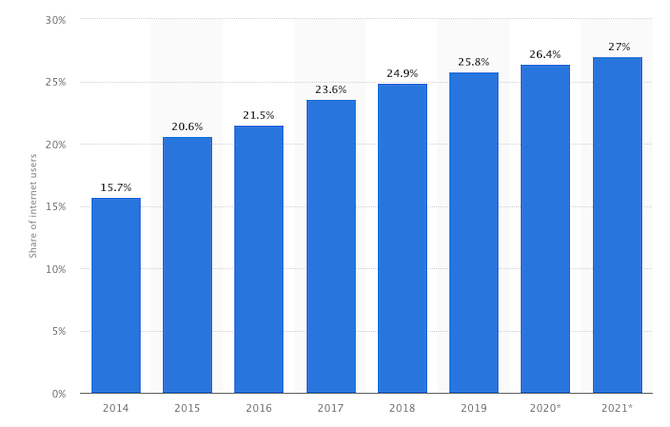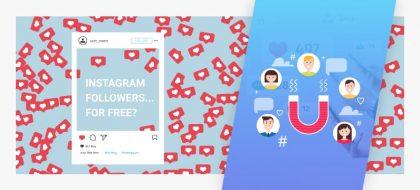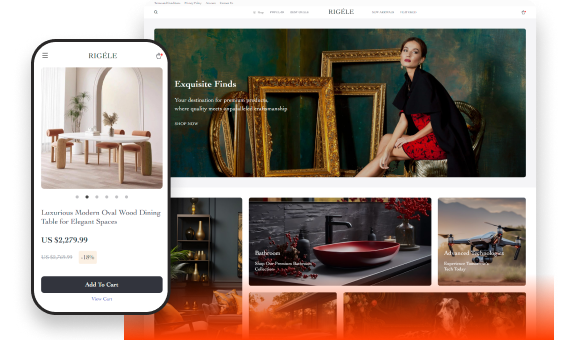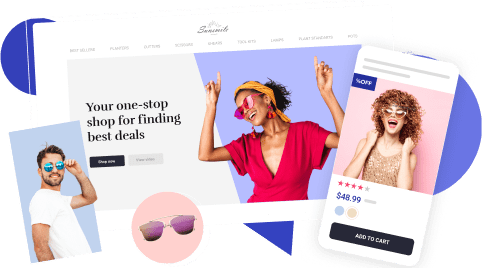Traditional Marketing VS Digital Marketing: The Differences You Must Know
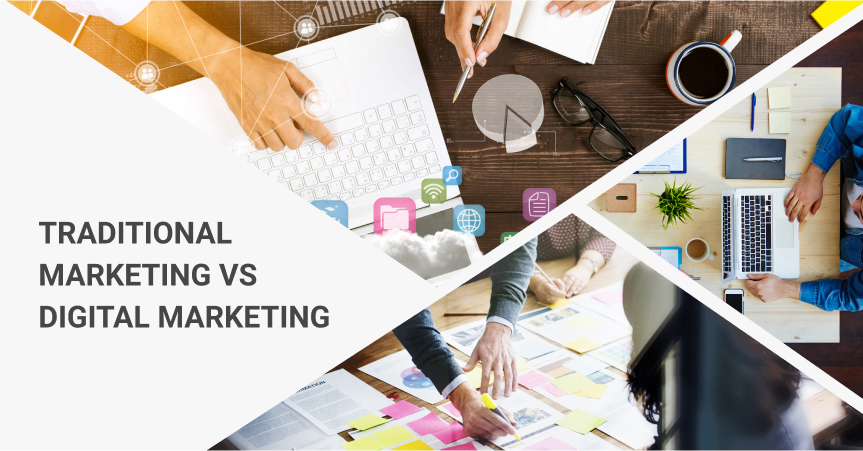
Lots of seasoned entrepreneurs know a thing or two about how to promote products to people and turn them into customers. But if you’re going online, you’ll have to use digital marketing which is sometimes quite different from the traditional approach. In this article, we will compare traditional marketing vs digital marketing.
Are you moving your business to the internet? Or have you decided to launch an online store? In any case, in order to reach potential customers, you will have to implement various digital marketing methods.
If this isn’t your first business experience, you may know how traditional marketing works. However, the rules are somewhat different on the web. But before moving on to these differences, let’s define what we mean by traditional and digital marketing.
What is traditional marketing?
Traditional marketing involves conventional promotion channels and methods such as TV and radio commercials as well as various physical forms of advertising – billboards, flyers, brochures, magazines, newspapers, etc. In simple terms, one can define traditional marketing as offline promotion.
These methods are still widely used by all businesses. We see such ads when walking the street, when watching TV, seeing a print ad or when reading magazines.
What is digital marketing?
Digital marketing uses the internet as its only communication channel. Digital ads are mostly placed on websites and on social media. This form of marketing involves banners, pop-ups, emails, sponsored posts, etc. You could call it online marketing.
Although digital marketing and traditional methods use different channels, their basics are mostly the same. Moreover, offline businesses often combine these approaches in their marketing campaigns.
Still, digital marketing has a number of important differences compared to traditional marketing.
Traditional marketing vs digital marketing: things you should know about

1. Digital marketing is less personal
Not all but some methods of traditional marketing include personal interaction. Consulting a potential customer in a store, or cold calls, even distributing flyers allows people to communicate with customers directly.
In digital marketing, it’s impossible – unless you convince a person to give you his or her phone number and then call. But in this case, it’ll be a traditional marketing method.
The only ways to communicate with potential clients in digital market is through emails, messages and chats. Although it’s still a form of communication which can and does work most of the time, the lack of personal experience is a disadvantage.
On the other hand, newsletters can reach a far larger audience than cold calls, for example. Furthermore, marketers develop and use various personalization methods as well.
2. It’s more intrusive
Whatever channel you use to reach your potential customers, they might view these messages as excessive or invasive. But if you compare traditional marketing vs digital marketing, you’ll see that the latter can be much more frustrating.
When you watch TV, you sort of expect to see a number of commercials. When you get a phone call from a bank, you already know what they want. It can be annoying, but in most cases, people are prepared for it.
But when you scroll a website reading an interesting article and a pop-up covers the whole screen, you don’t always anticipate this marketing move. Or when a targeted ad follows you the whole day and offers you something you’ve already purchased, you might start feeling it’s a bit too much. This is why online marketers need to be so careful about their promo decisions.
3. Digital ads can be skipped
You can’t skip TV or radio commercials as well as miss a billboard when driving a highway. Of course, you don’t have to look at the billboard, but it’s still there.
On the other hand, certain digital ads can be skipped or shut down – pop-ups, video ads, banners. Yes, there are technologies that don’t let you do it: for example, ads on YouTube can be skipped only 5 seconds after they start and there are ads which you can’t skip at all.
However, such tricks made a lot of people use various ad blockers that remove all or most ads from websites completely. According to Statista, more than 25% of internet users in the United States used ad blockers in 2019.
In other words, in digital marketing, one must be more cautious about how to make an offer so irresistible that potential buyers don’t want to skip it.
4. Some digital ads are easy to overlook
Another popular problem for any digital marketer is banner blindness. Even if people don’t use ad blocking tools, 86% of internet users simply don’t see banners, don’t notice them at all.
You could say that we don’t really stare at billboards either, but there’s an important difference. On the streets, you just walk somewhere and your mind is usually not busy with anything except thoughts on what you’re going to have for dinner.
So, when you see a billboard, you might as well take a look.
But people usually visit websites in order to find information, instructions, guides, statistics, etc. They have a clear goal and don’t want any distractions. With time, we all got used to banners and ads, so now our minds simply ignore these elements like a background noise.
Therefore, if you compare traditional marketing vs digital marketing, catching users’ attention is much more difficult in digital. On the other hand, thanks to much larger audiences, even low click-through rates can result in lots of sales.
5. Users can respond
A person who didn’t like a TV commercial usually has to bear with it. When you see an annoying ad in a magazine, you usually keep it so yourself. But on the internet, there are many ways to express your opinion.
For example, in social media marketing and content marketing, potential buyers can and do write comments right away after “consuming” the materials.
The internet provides marketers with a 2-way communication channel, but it’s also a double-edged sword. I’m not saying customers never complain offline. It’s just that the internet provides easier tools to complain. And everyone including other users can see the complaints unless you learn how to deal with angry customers.
Despite all these challenges, digital marketing has a number of important advantages over traditional advertising methods which makes even offline companies implement it in their promotion strategies.
What are the benefits of digital marketing?

- Perfect for online businesses
Digital marketing is a reasonable and logical way to target customers of ecommerce businesses. Even though you don’t have to limit yourself to these methods only (check this awesome dropshipping success story as a reference), you’d obviously use internet to drive users to an online store 🙂
- More time-saving in comparison to traditional marketing
To arrange your ad placement in a posh beauty magazine or on a popular TV channel, you need to start planning months prior to your campaign, and spend weeks on the promo materials production. At the same time, a high-quality digital banner can be made in 2-3 working days while a catchy video ad for Facebook and Instagram can be created within just 5-10 working days. The difference is obvious, and the best part is, you don’t even have to buy ad space in advance!
- Larger audience
Traditional marketing efforts can be aimed at a local audience only. For instance, only locals can see a billboard. Of course certain types of marketing methods can affect much more people at once – for example, TV commercials during international sports events.
Digital ads, however, are available to all people on the planet as long as they understand the language. That’s why, for example, launching and promoting an international dropshipping business is perfectly manageable – and even quite easy.
- Lower costs
Another advantage of digital marketing is its relatively low costs and your flexibility in planning them. Check out this in-depth article on planning your marketing budget to see our point!
- Trackable results
Finally, it is easier to measure the results of your efforts compared to traditional marketing methods. In SMM and email marketing, PPC and other digital methods, one can see results almost immediately while in traditional marketing, it takes days and weeks.
When comparing traditional marketing vs digital marketing, you must remember that you don’t have to choose between the two. Many companies combine these approaches to achieve maximum results. And even if you are a newcomer to digital marketing and have little experience, you can always count on our professional assistance.
